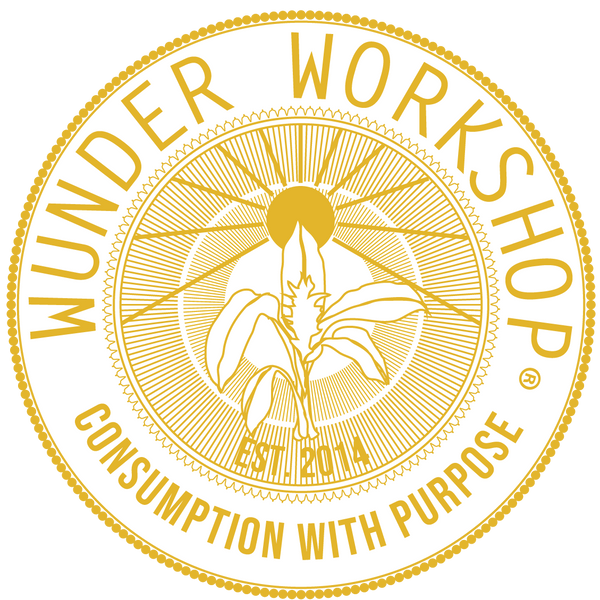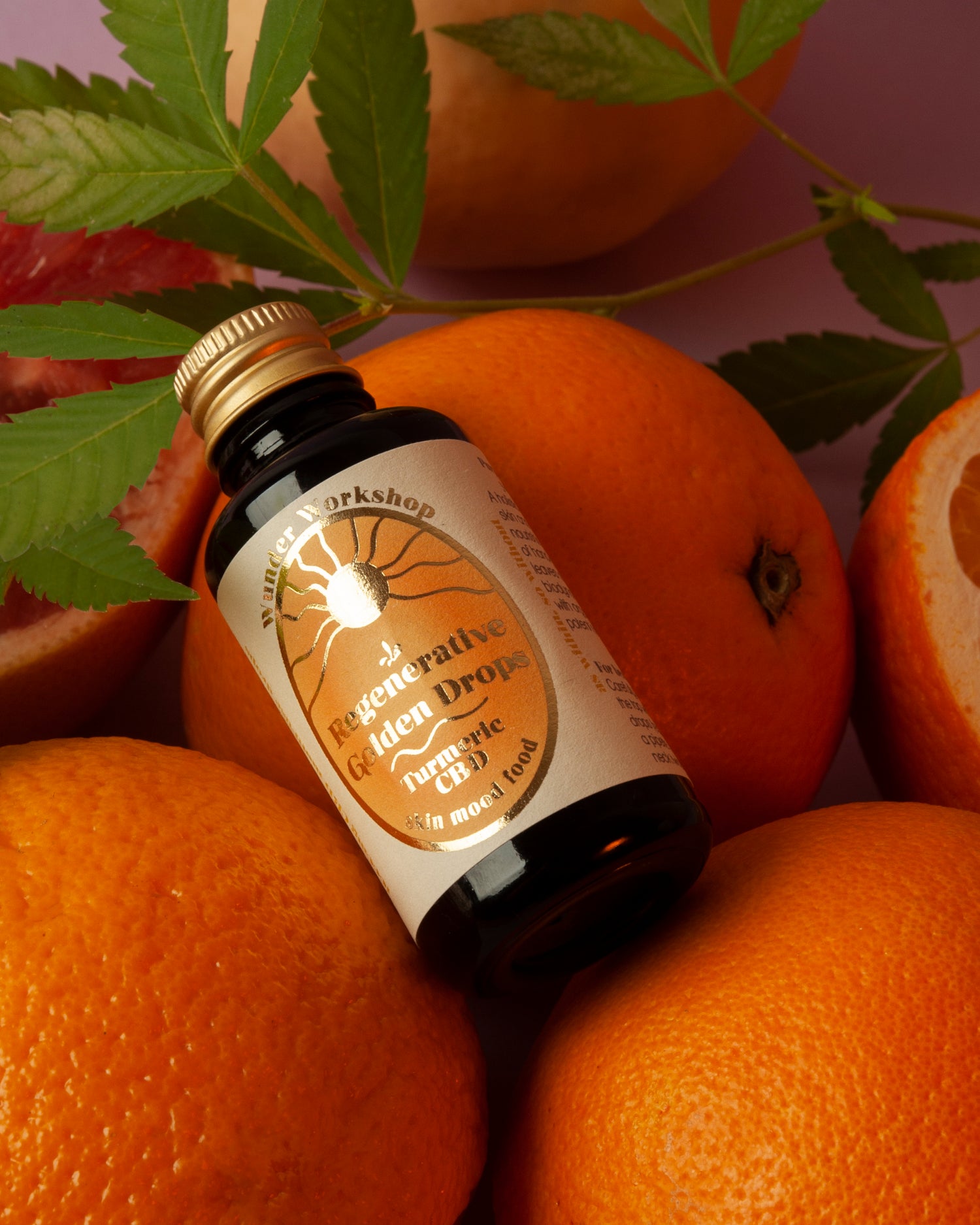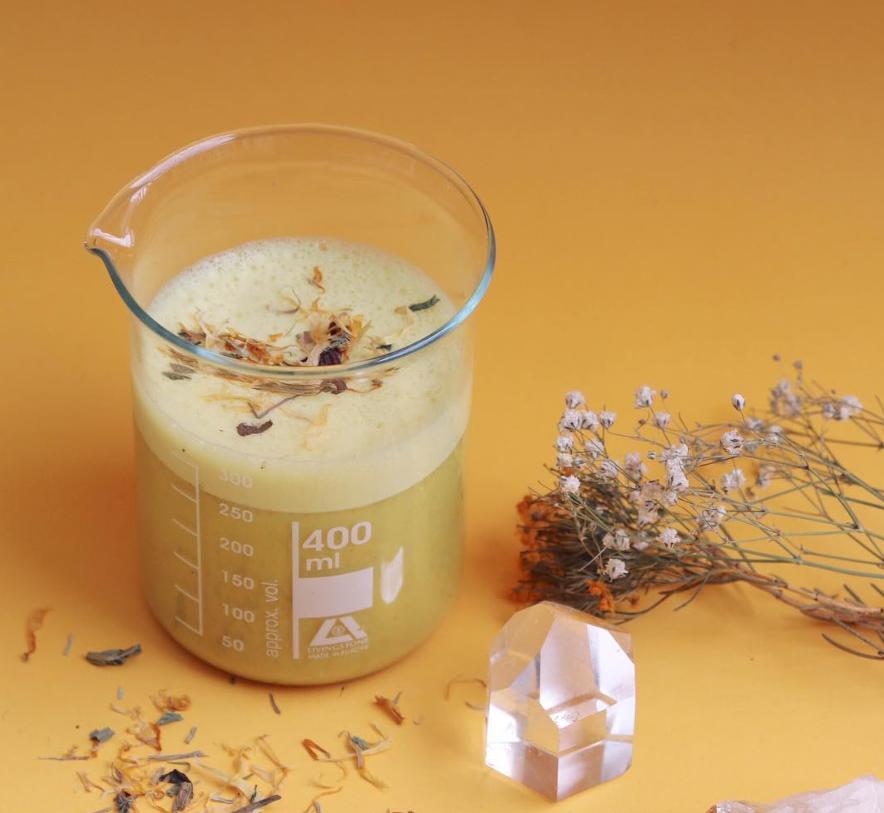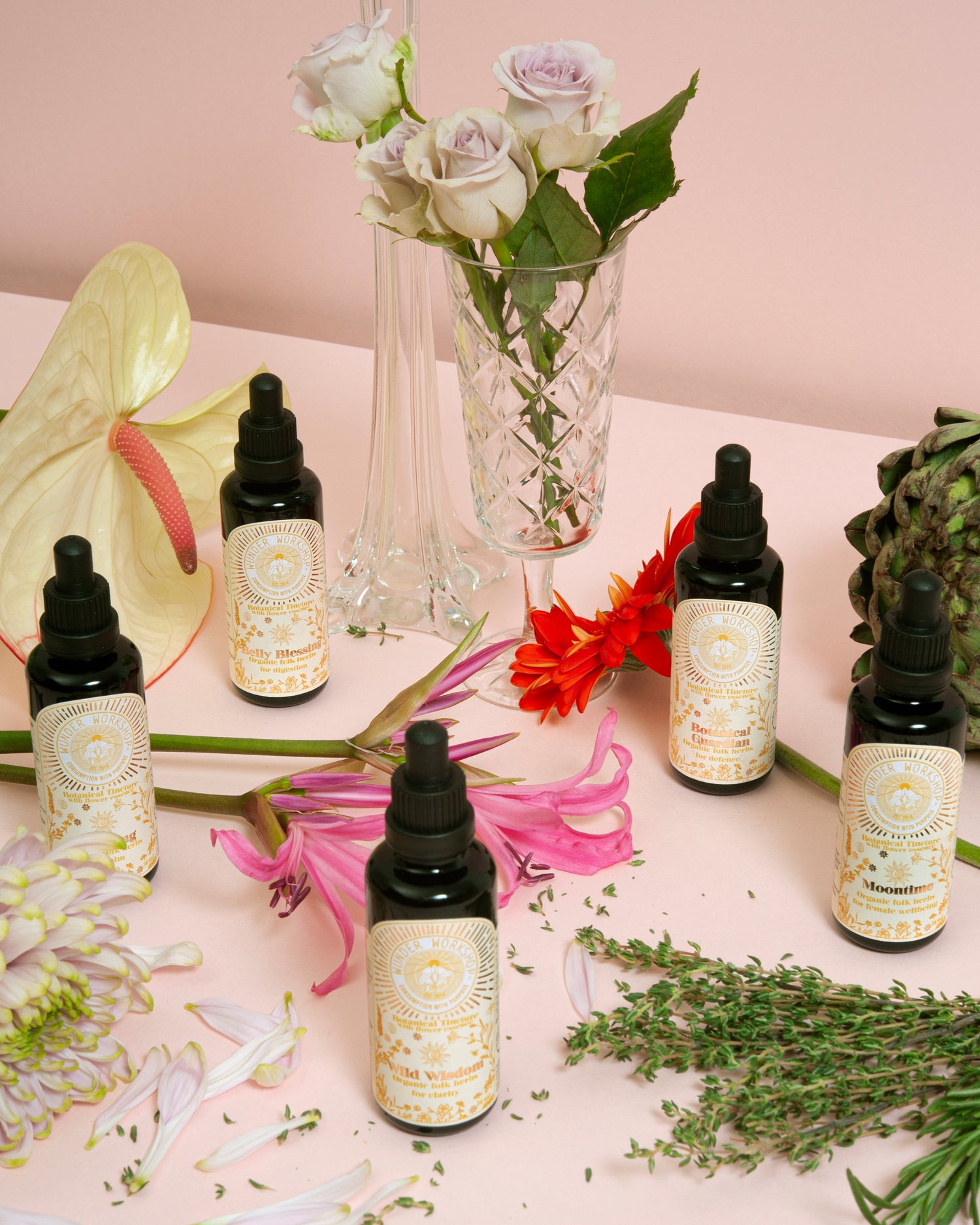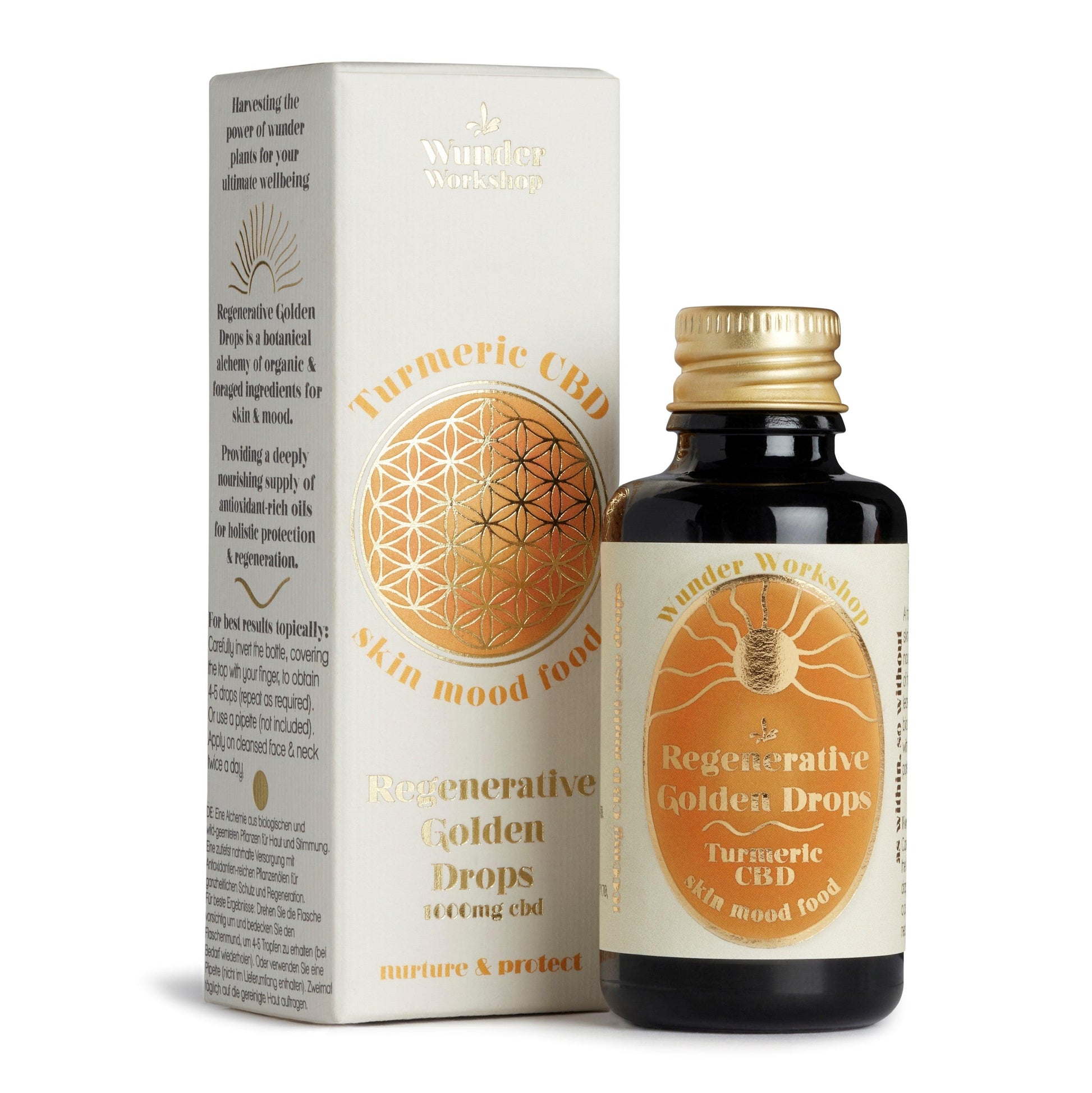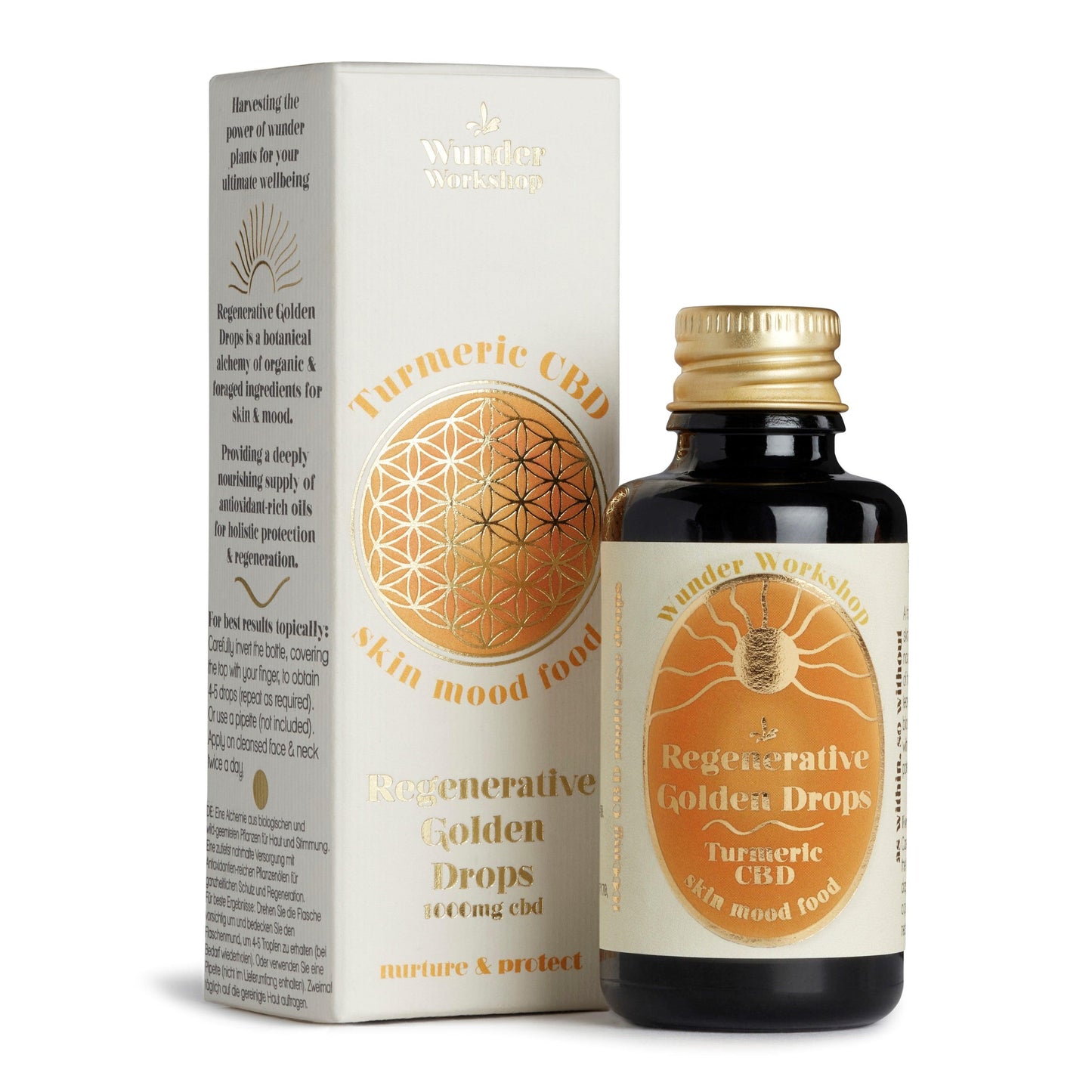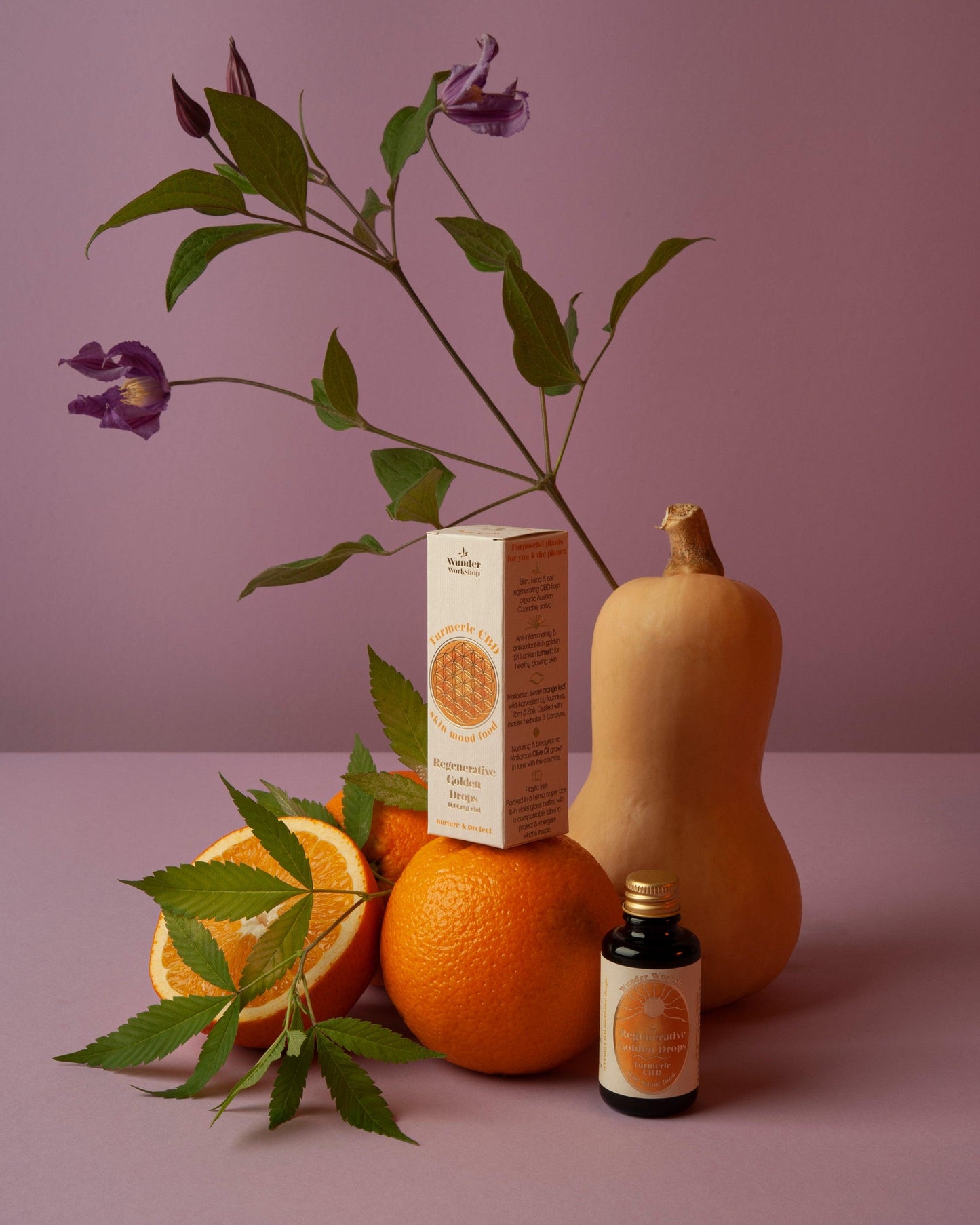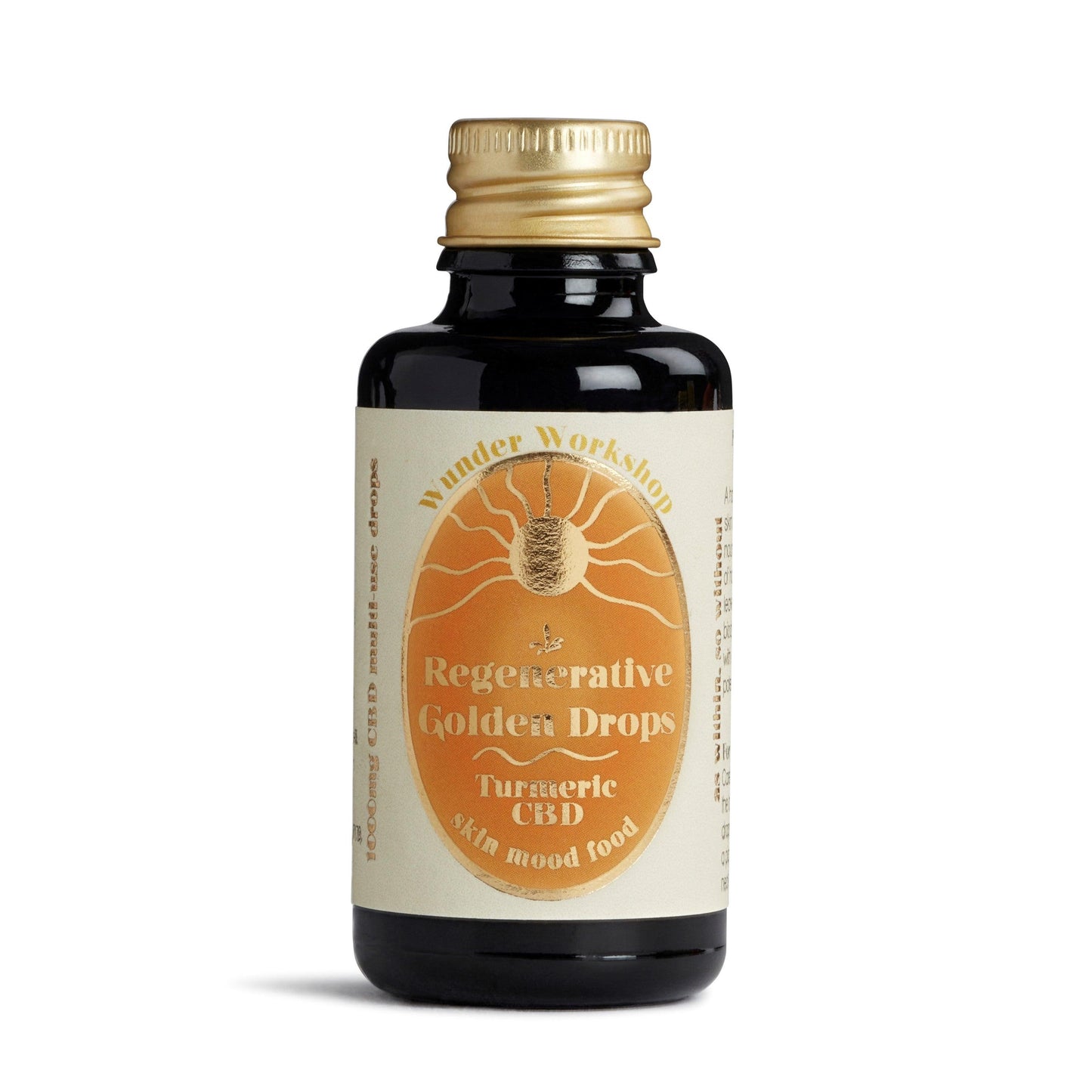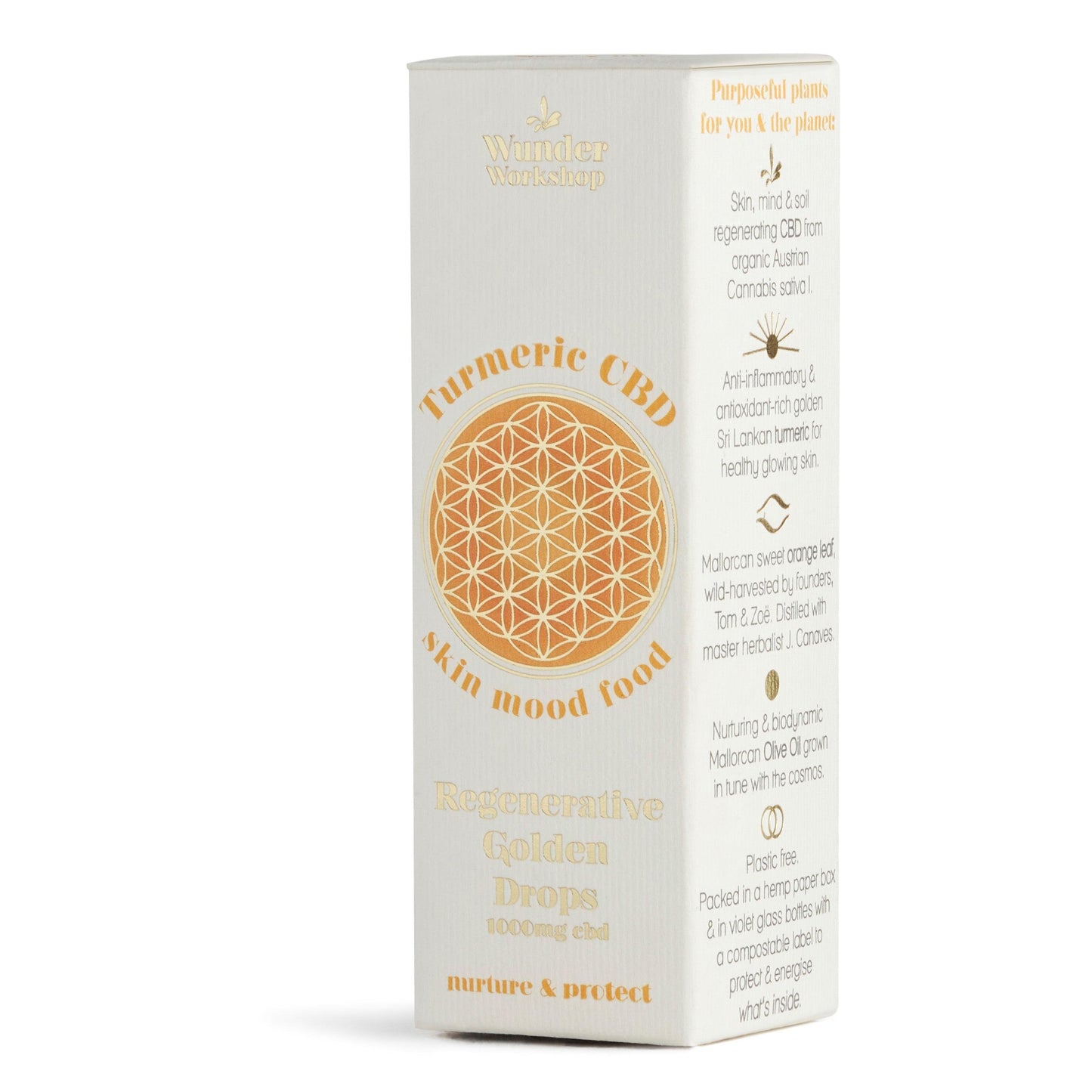
Periods & the crimson stigma of Saffron (Crocus sativus L.)
Saffron is perhaps best known for its use as a spice in the kitchen (especially within rice) and in natural dyes but it is also a potent plant medicine. There are three well known active ingredients in saffron that have been studied for their medicinal action, crocin, saffranal and picrocrocin. The crocin give its characteristic yellow-red colour, the picrocrocin its bitter taste and the saffranal is about 70% of the volatile oil giving saffron its aroma.
Its efficacy has been most strongly shown in the treatment of Alzheimer's disease and depression but there is significant evidence that it can also support conditions of the menstrual cycle, including PMS (premenstrual syndrome) and dysmenorrhea (painful periods).
PMS
The symptoms that can occur for the five or so days before a menstrual period have been recognized since antiquity. However, it wasn’t until 1931 that premenstrual syndrome (PMS) first appeared in medical literature. It is characterized by a wide range of symptoms that recur in the luteal phase of the menstrual cycle (after ovulation and before your period) and stops soon after your bleed starts and affects 20–40% of women of reproductive age.
A non-exhaustive list of common PMS symptoms: abdominal bloating and discomfort, breast tenderness, pelvic discomfort, abnormal or increased appetite (including carbohydrate craving), weight gain, fluid retention, anxiety, confusion, headache, mood swings, angry outbursts, depression, irritability, tearfulness, social withdrawal, fatigue and altered libido
The conventional treatments for PMS involve hormonal strategies like the oral contraceptive pill. Interestingly, one of the only pharmaceutical treatments with demonstrable benefit is the use of selective serotonin reuptake inhibitor (SSRI) antidepressants, which supports the largest body of evidence as to the cause of PMS - being a disturbance of the neurotransmitter serotonin (5-HT). Research has also found saffron to show resembling levels of potency to that of SSRIs generally and this is thought to be due to a similar action of the phytochemical saffranal which inhibits the reuptake of serotonin.
In a study by Agha-Hosseini et al. 15mg of saffron twice daily was studied against a placebo on 50 women of reproductive age with PMS. After 2 menstrual cycles saffron was found to reduce PMS symptoms with statistical significance. 
DYSMENORRHEA
Dysmenorrhea refers to painful menstruation and can be primary (no underlying pathology) or secondary (resulting from an underlying pathology like endometriosis or ovarian cysts). It is thought to affect between 45-95% of women of reproductive age and is a major cause of regular analgesic or NSAID drug use.
Saffron, alongside celery seed and anise extracts are used in Iran as a herbal treatment for dysmenorrhea. Nahid et al. tested this herbal mix on 180 women with primary dysmenorrhea and compared it to the use of mefenamic acid or a placebo. Mefenamic acid is an NSAID used specifically for women suffering with painful periods. The researchers measured severity and duration of pain at 2 and 3 months of using these different treatments and found that pain scores and duration were significantly reduced in both the herbal extract and mefenamic acid group, compared to placebo. Furthermore, the magnitude of the reduction was significantly greater in the herbal group, showing the superiority of the natural treatment of dysmenorrhea to the pharmaceutical drug. While this study does not show the effect of saffron alone it suggests it is a beneficial herb in the management and treatment of primary dysmenorrhea.
DOSAGE
Saffron is the world’s most expensive spice (1Ibs is about $5,000) and this is partly due to the way it is harvested which is by hand and involves picking the 3 stigmas of saffron crocus flower at a certain time of day during a 6 week bloom each year. Not only that, but 1Ibs of saffron is thought to require about 170,000 saffron crocus flowers. So, the good news is you do not need very much of this expensive spice to have a medicinal effect and conversely taking more than 5g can cause complications. 15mg of saffron twice daily would be the recommended daily dose for medicinal purposes, equal to about 6 strands of Wunder Workshop's Golden Saffron in warm milk with a little bit of honey for your monthly menstrual medicine.
Research & words by medical herbalist Lily Canetty-Clarke
